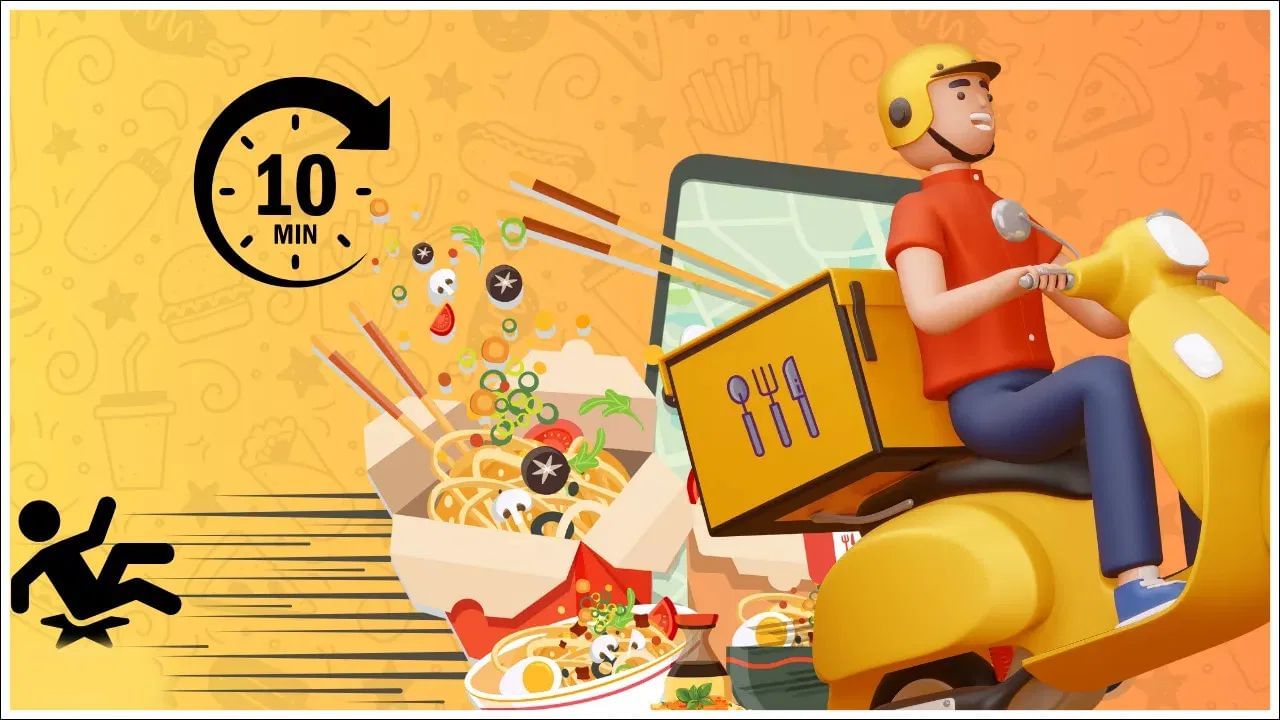delivery charge
Till a few months ago, at 10 o’clock at night, it seemed no less than a magic to get bananas or sugar by tapping on mobile. Grucery delivery became a habit in 10 minutes for people living in big cities of India. A small facility, which promised fast and comfort, but now this facility is gradually becoming expensive.
Now users of platforms like Swiggy Instamart, Blinkit and Zepto are seeing that the bills are increasing in their small shopping. That too is not from the price of goods, but because of hidden charges. In which things like handling fees, rain charge, penalty and surge pricing on small orders are spending up to 50 rupees on every small order.
What are the fees?
These platforms are now levying fixed handling fees of Rs 10 to 21, as well as GST, delivery charge, rain charge, surge fee and additional fees on small orders. People are now starting to compare prices again. Between shops and different apps, because the cost is also increasing with the facility.
Now difference than before
Earlier the specialty of these apps was low price and fast delivery, which looked better than the grocery stores of the locality. But now that lead is ending due to fees structure. Urvashi Sharma, a consumer from Delhi, says, now I take fruits and vegetables from the local shopkeeper. Online things seemed cheap earlier, but now the same price is made by mixing handling and delivery charge.
Change in purchasing behavior
According to market analyst Satish Meena, earlier people used to make many small orders without thinking. But now they are either avoiding orders or collecting goods and asking together. So that you do not have to pay extra charge again and again. This can affect both order value and profits of companies.
The platforms are now trying to take users from plans like “Super Saver” and “Maxxsver”, but there is still a lot of way left.
Charged structure also confused
Swiggy and Zepto waive delivery charges on certain conditions, such as on orders above Rs 200. But it is necessary to order more than 500 rupees for Blinkit. The handling fee in Swiggy can be between 10 and 15 rupees, Zepto takes 13 to 21 rupees, and the charge of Blinkit is usually 11 rupees. Rain charge is up to Rs 15 and surge charge up to 30 rupees, which is levied when the weather or demand increases.
Burden on customers’ pockets
These charges are helping companies to reduce deficit, but customers are starting to feel the rising prices on small orders. Nandini Paul, a professional from Mumbai, says, despite the membership of Swiggy One and Zepto Daily, I get the same stuff cheaper on Blinkit.
Another customer said, there is an illusion of hidden charge and free delivery on these apps. If I have time, I would like to bring goods from the market itself. But the facility of shopping at any time of the day is still an advantage.
According to the report of JM Financial, now most of the platforms have increased the minimum order value for free delivery. Compared to the order of 11 items, Blinkit turned out to be the most expensive, while dmart ready the cheapest. Bain’s report states that these companies are now improving profits by increasing the order value, reduced the cost of supply chain and increasing earnings from AIDS and platform fees. But to stay in small towns, they will need to deal with a new strategy, better supply chain and competition.
As these companies move beyond big cities and sell big things like electronic goods, logistics will become more complicated. How to handle these challenges. It will decide how much a large part of them will be in the e-commerce market.
